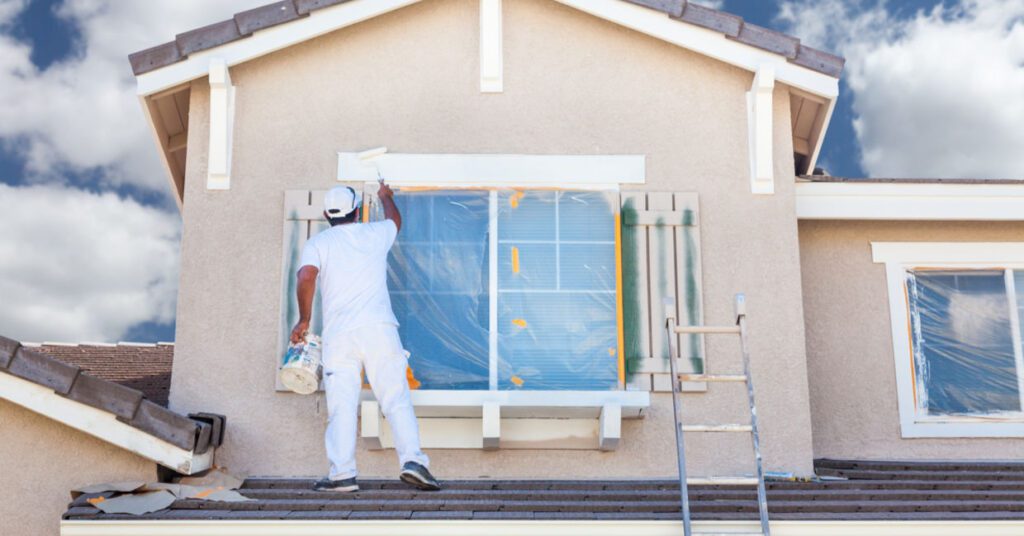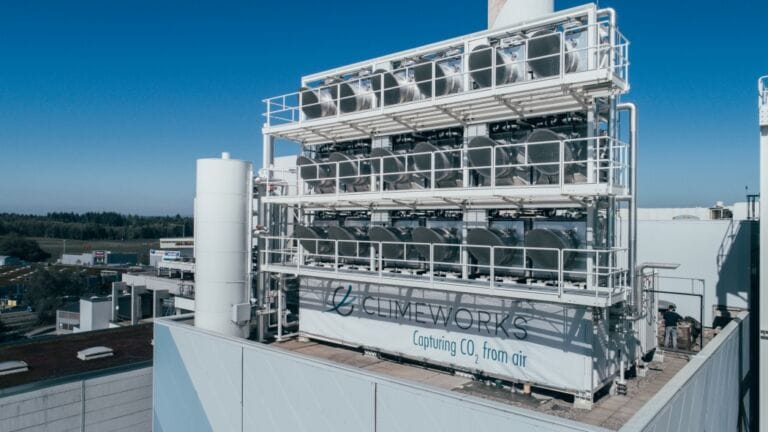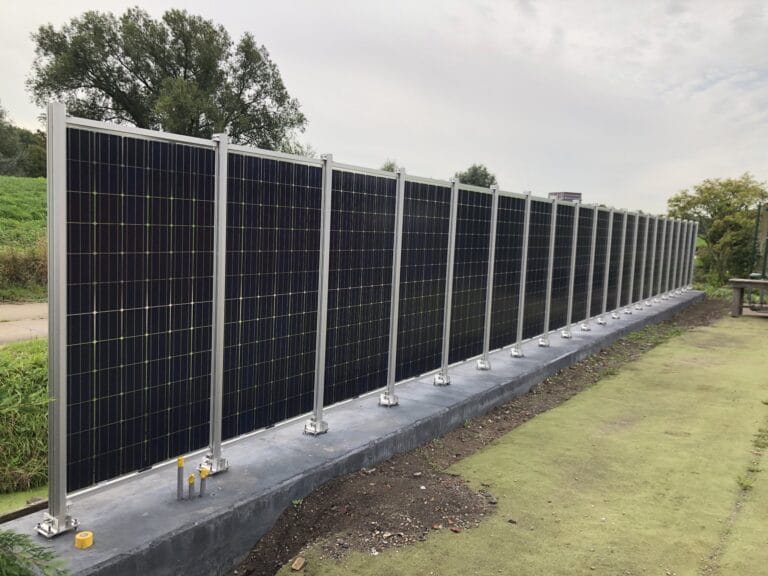
Solar Paint Transforms Surfaces into Energy Powerhouse

Table of Contents
Innovations in solar technology continue to reshape the landscape of sustainable energy solutions. One groundbreaking concept gaining momentum is the development of solar paint, a potential game-changer in the realm of renewable power generation. In this article, discover how solar paint is revolutionizing energy generation by transforming surfaces into powerhouses. This innovative technology harnesses the sun’s energy, offering a sustainable and efficient way to generate electricity from everyday surfaces.
Solar Paint: Redefining Energy Efficiency
Transforming Surfaces into Solar Panels
Traditional solar panels offer a cost-effective energy solution, yet the upfront investment and aesthetic concerns deter some individuals and homeowners’ associations. Enter solar paint, also known as photovoltaic paint, a revolutionary concept that could revolutionize the way we harness sunlight for electricity, as reported by Solar Action Alliance.
How Solar Paint Works
The fundamental idea behind solar paint is elegantly simple. Imagine ordinary paint infused with billions of light-sensitive particles. When applied to a surface, such as a house’s wall, it transforms into a discreet solar panel. This surface generates electricity as sunlight interacts with the embedded circuitry, as highlighted by Treehugger.

Advantages of Solar Paint: Beyond Aesthetics
Cost-Effective Power Generation
Similar to conventional solar panels, solar paint offers significant cost savings by reducing electricity bills. The environmental impact is substantial, as users decrease their reliance on power generated from fossil fuels like coal or oil. The potential to contribute to a greener, more sustainable future is a driving force behind the development of this innovative technology.
Real Progress: Research and Development
According to Solar Action Alliance, the concept of solar paint is not confined to theory. The University of Buffalo has pioneered a light-sensitive material for use in solar paint, while the University of Toronto has developed a spray-on substance akin to solar wallpaper. The goal is to progress towards a direct spray-paint application, bringing us one step closer to widespread adoption.
Efficiency: The Road to Commercial Viability
Efficiency remains a critical factor in turning the dream of solar paint into a reality. Currently, traditional solar panels boast around 20% efficiency. Solar paint, according to experts cited by Solar Action Alliance, would need approximately 10% efficiency to become a commercially viable product. While the best-performing solar paint formula achieves 8% efficiency, ongoing advancements bring us closer to the point where it could become a practical and accessible energy solution.
Envisioning a Sustainable Future
Integration with Solar Glass Windows
Imagine a future where solar paint seamlessly integrates with solar glass windows, capturing every available ray of sunlight. This transformative synergy could potentially turn every home and business into a self-sustaining generator, eliminating air pollution, reducing noise, and minimizing environmental impact.

As we stand on the cusp of a new era in energy innovation, the journey towards widespread adoption of solar paint continues. While challenges persist, the potential benefits, both economically and environmentally, make it a promising contender in the quest for cleaner, more sustainable energy solutions. The vision of a world where every surface becomes a source of renewable power is within reach, bringing us one step closer to a greener, more sustainable future.








